The Toledo Water Crisis, One Year Later
Circle of Blue reporter Codi Kozacek summarizes the major steps taken to reduce toxic algae blooms in Lake Erie.
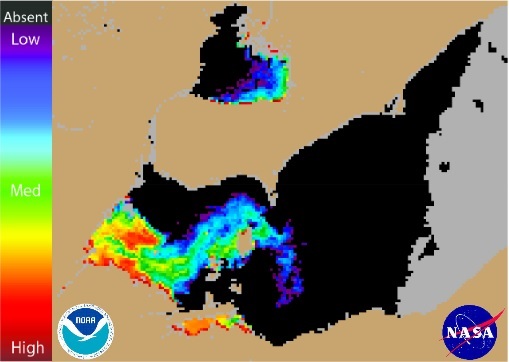
On the morning of August 2, 2014, nearly half a million people in Toledo, Ohio, woke up to find their drinking water poisoned. They could not wash their hands, take a shower, or fill up a bowl for their pets. They could not, in effect, do any of the hundred daily tasks that require clean, safe water.
This unhappy circumstance was not the result of a terrorist attack or an industrial accident, but rather the work of microscopic cyanobacteria churning out potent toxins in Lake Erie, the city’s water source. The cyanobacteria, also known as blue-green algae, were not a surprise—for the past 10 years, they have amassed annually in record-setting blooms of soupy muck that spill from the mouth of the Maumee River and congeal along Ohio’s coastline. But 12 months ago, Toledo’s water managers saw for the first time what they had long feared: a spike in algal toxins in the city’s treated drinking water.
The incident focused new attention on the festering problem of nutrient pollution, which occurs when excess amounts of phosphorus and nitrogen, contained in fertilizers and sewage, flow into the water from farm fields and wastewater plants. After the Toledo crisis, there has been a swift influx of financial and political resources devoted to address the problem in Lake Erie. To name a few:
- State and federal lawmakers mobilized more than $US 188 million to address the nutrient pollution that causes algae blooms and to help city water utilities improve toxin testing and response
- Ohio passed legislation regulating when and how farmers in the Maumee River Basin can apply fertilizers, including a ban on applying fertilizer on frozen ground.
- The U.S. Environmental Protection Agency issued the first guidelines for safe levels of microcystin—the toxin produced by algae blooms—in drinking water.
- The governors of Michigan and Ohio and the premier of Ontario agreed to cut phosphorus pollution in western Lake Erie by 40 percent over the next 10 years.
- The International Joint Commission, the U.S.-Canada agency that oversees the Great Lakes Water Quality Agreement, officially proposed a 40 percent phosphorus reduction for Lake Erie—the first step toward state- and province-level action plans to reduce nutrient pollution.
- The Ohio Farm Bureau, an industry group, released a plan outlining initiatives to help farmers learn and implement best management practices to reduce nutrient pollution.
Still, it could be years before Lake Erie’s waters are rid of toxic algae. The bloom this year is forecast to be one of the largest on record after a deluge of early summer rainstorms swept through northwest Ohio, carrying thousands of metric tons of phosphorus into the lake. A sizeable bloom is already lurking off the Toledo coast, but for now, the city’s water is safe.
How would you rate the response to the Toledo water crisis? Contact Codi Yeager
–Codi Kozacek, reporter
A news correspondent for Circle of Blue based out of Hawaii. She writes The Stream, Circle of Blue’s daily digest of international water news trends. Her interests include food security, ecology and the Great Lakes.
Contact Codi Kozacek
Leave a Reply
Want to join the discussion?Feel free to contribute!


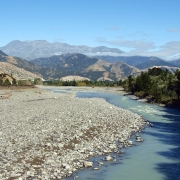
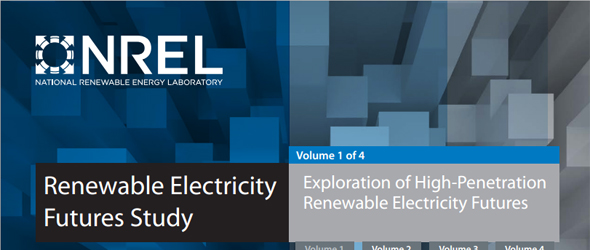
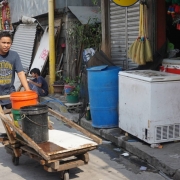

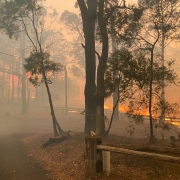


I warned them this was coming. It can only get worse unless the natural ice conveyor is restarted. We have to outlaw the N.Y.P.A. ice boom. It is killing the lower Great Lakes ecosystem. The algae outbreaks are just another symptom or proof of that. I know of nutrient loading but that is only a contributing factor. Near shore surface current disruption from jetties, piers and breakwalls play a big part also. The primary culprit is the stalled conveyor system. Google “joe barrett ice boom” for the rest of the story. Thx. JBB
Google “JOE BARRETT ICE BOOM” for the whole story. I warned them years ago this was coming.